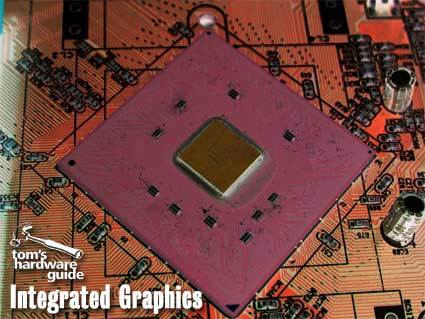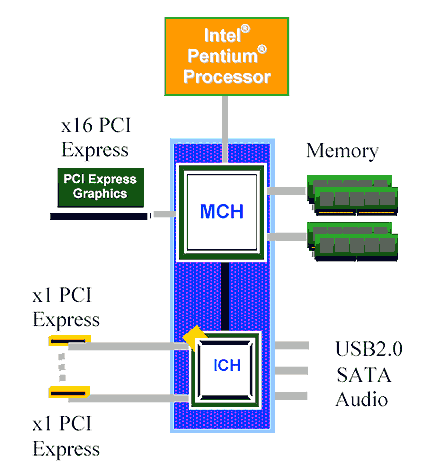Integrated Graphics Performance: It's all in the chips
Introduction
"Stand-alone graphics cards are on their way out, and the future belongs to integrated graphics chips," integrated graphics suppliers say solutions have been telling us in their press-presentations for years. But observers have likened this mantra to "640K should be enough for everyone," a quote attributed to a certain Mr. Gates.
In a bigger picture sense, board makers and processor suppliers have hinged their hopes that a "maximum integration" philosophy will help jumpstart the PC market out of its stagnation by offering more features packed per silicon gate at a cheaper price.
AMD and Intel have already integrated LAN, USB and RAID functionality into southbridges architectures over the last few generations of chipsets. AMD's latest CPU, codenamed Hammer, and marketed as the Athlon 64 Opteron, even feature a memory controller, which until now was found in the northbridge.
As a result, the northbridge is little more than an AGP controller in this kind of design or it moves into the southbridge - and even that will change with the introduction of PCI-Express. "x16 PCI Express Graphics" will replace the AGP port in the near future.
The near Future with strong support from Intel: PCI Express
Does this spell the end of the graphics card as we know them? As far as 2D is concerned, the answer is an obvious yes, since integrating a graphics chip requires only comparatively little re-design of the northbridge. However, the chipset largely fails in 3D acceleration.
Get Tom's Hardware's best news and in-depth reviews, straight to your inbox.

